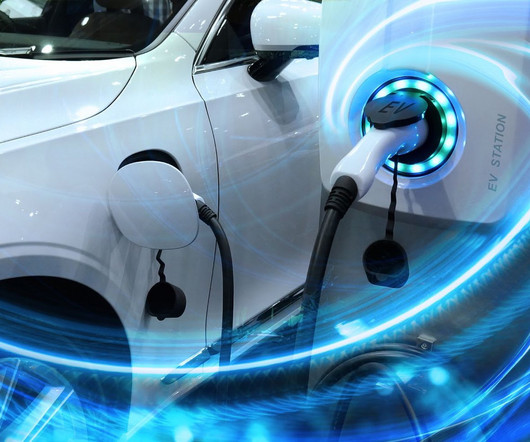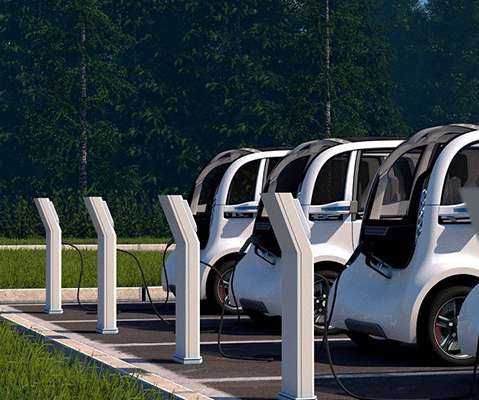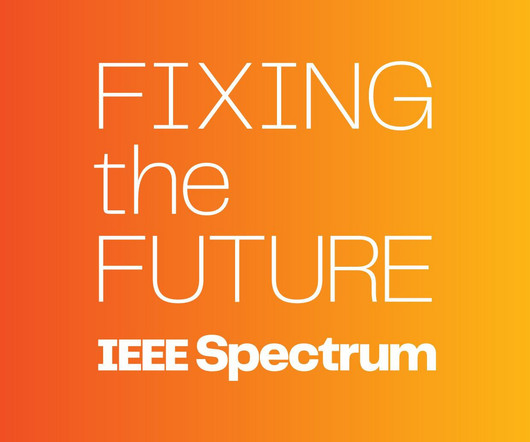Mobilize launching first commercial V2G service starting in 2024 with Renault 5; France, Germany and UK initially
Green Car Congress
JUNE 17, 2023
In addition to reinjecting electricity into the power grid, the bidirectional charger supports a vehicle-to-load (V2L) function for powering electrical appliances directly from the car. Mobilize V2G will also be available on future Renault electric vehicles.























Let's personalize your content